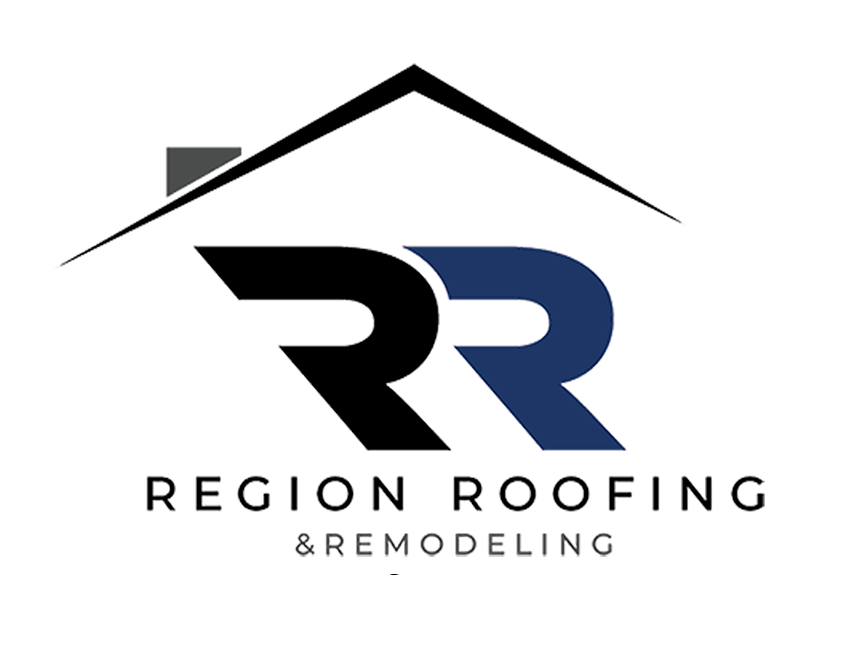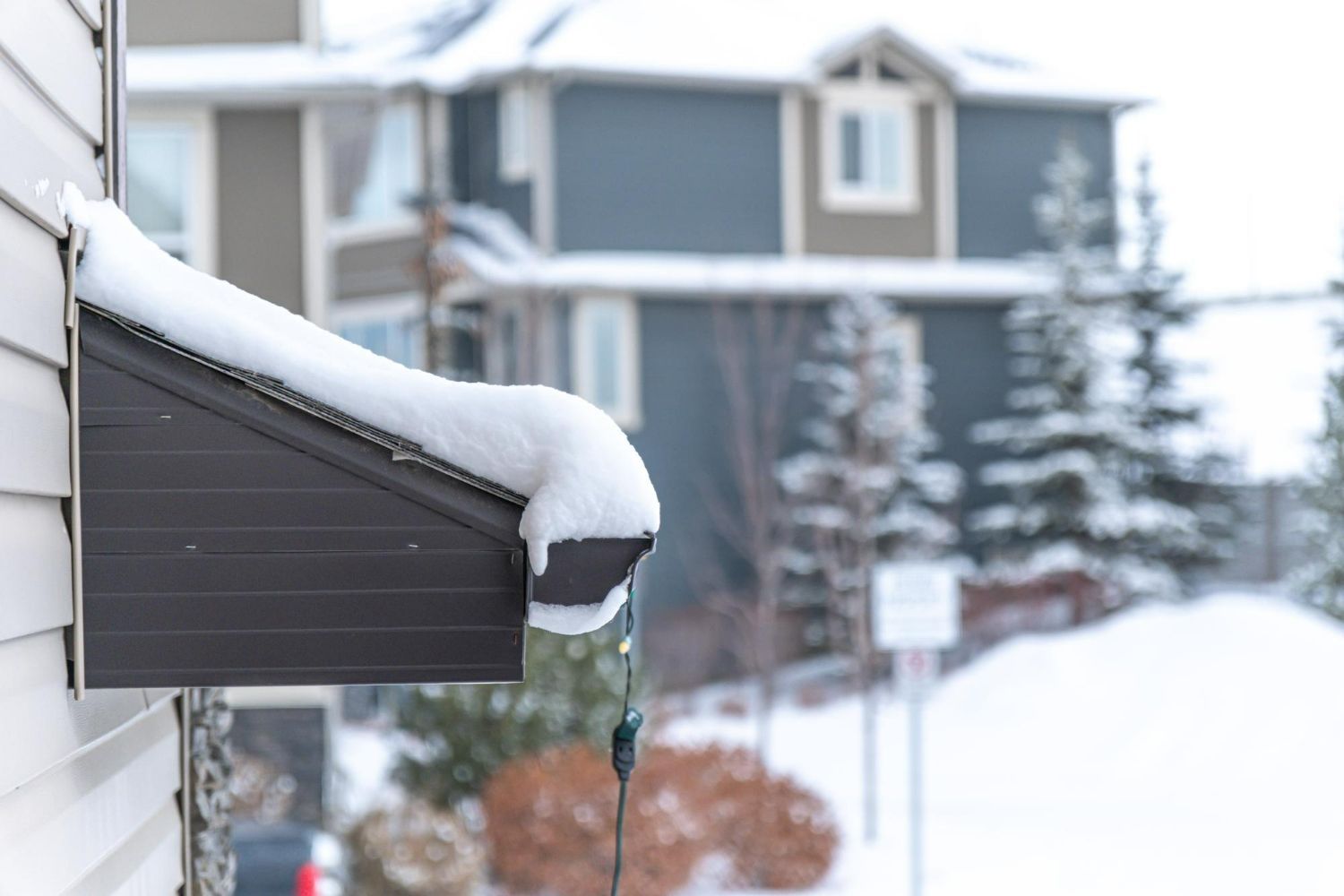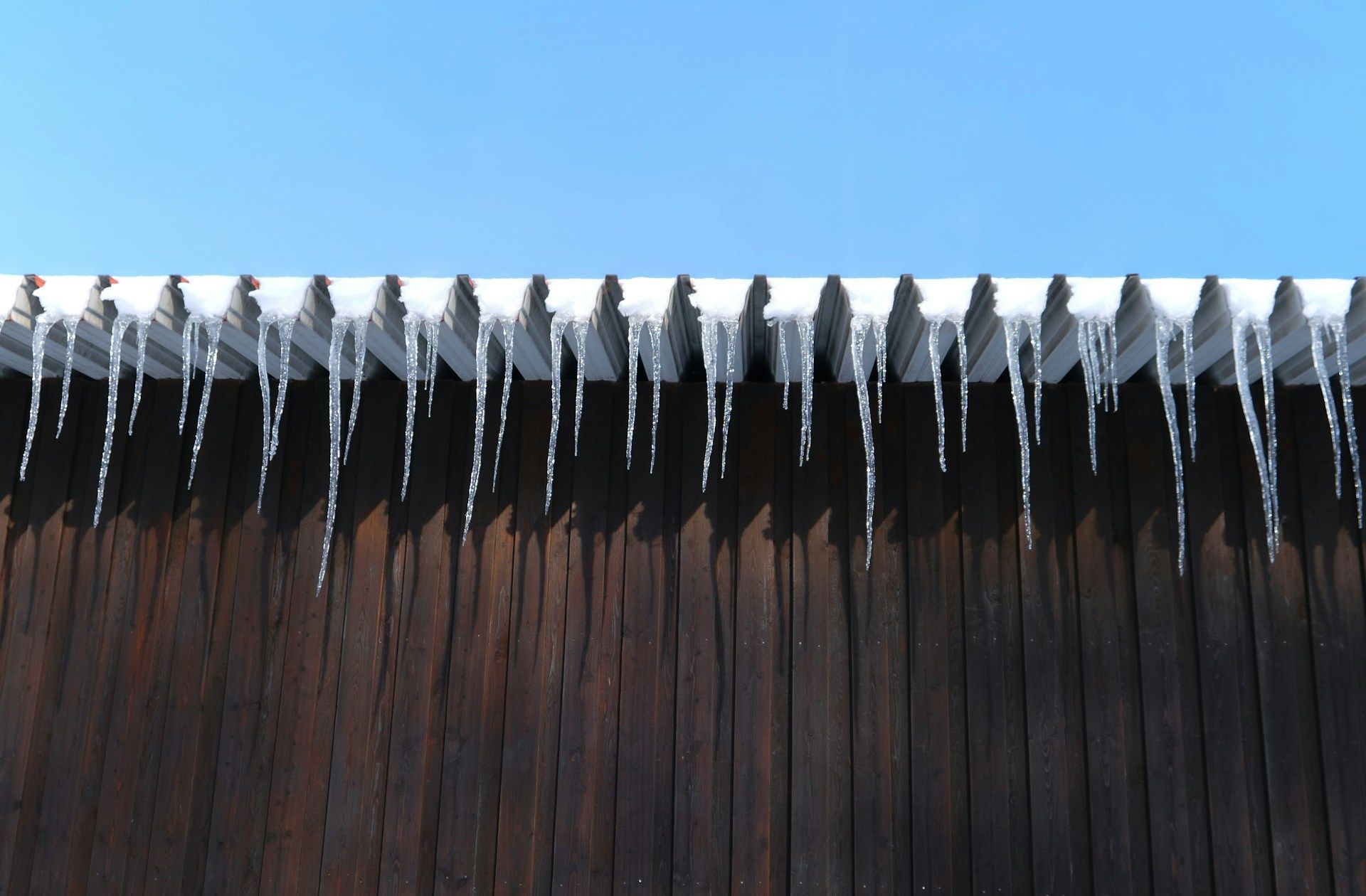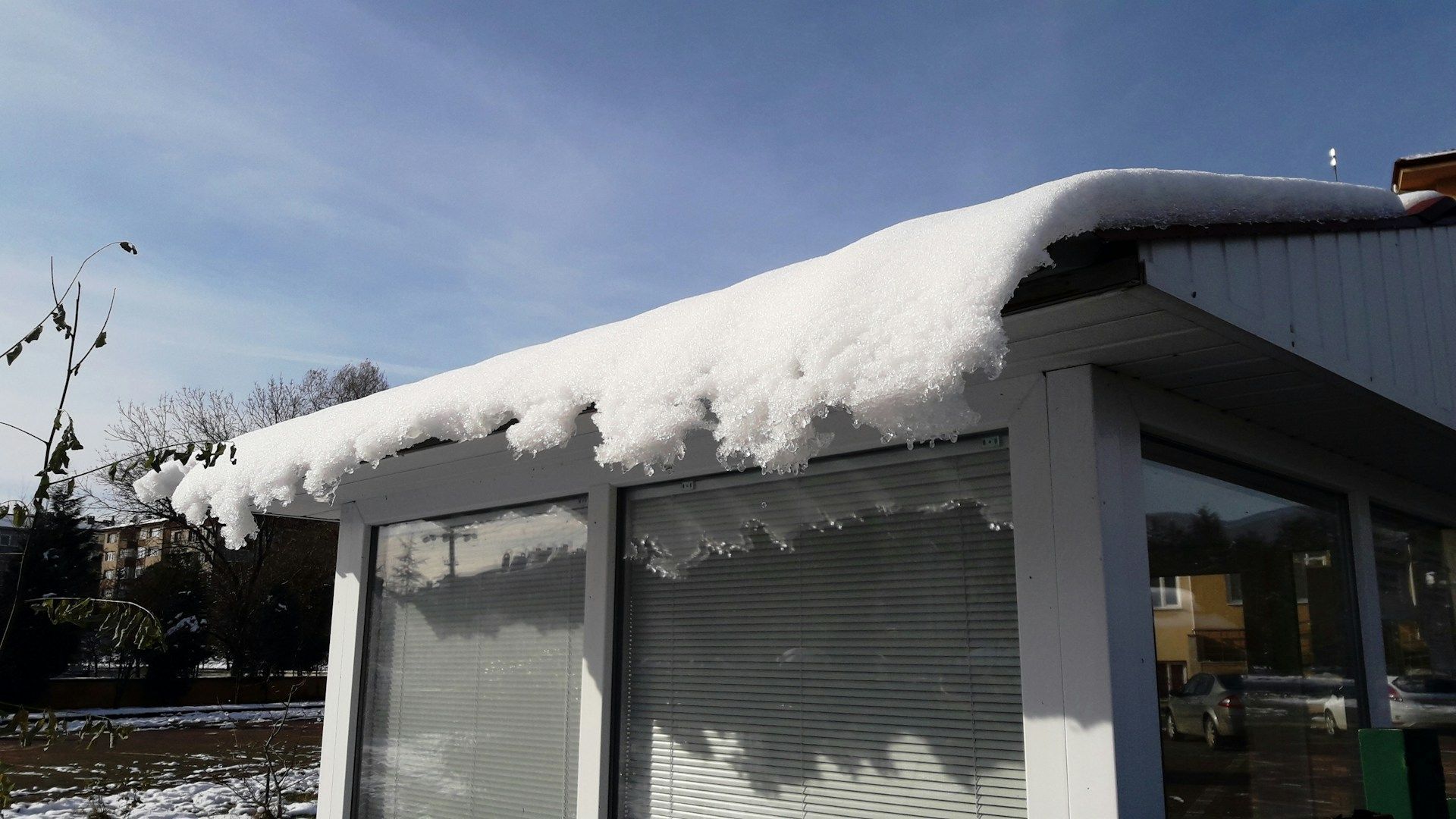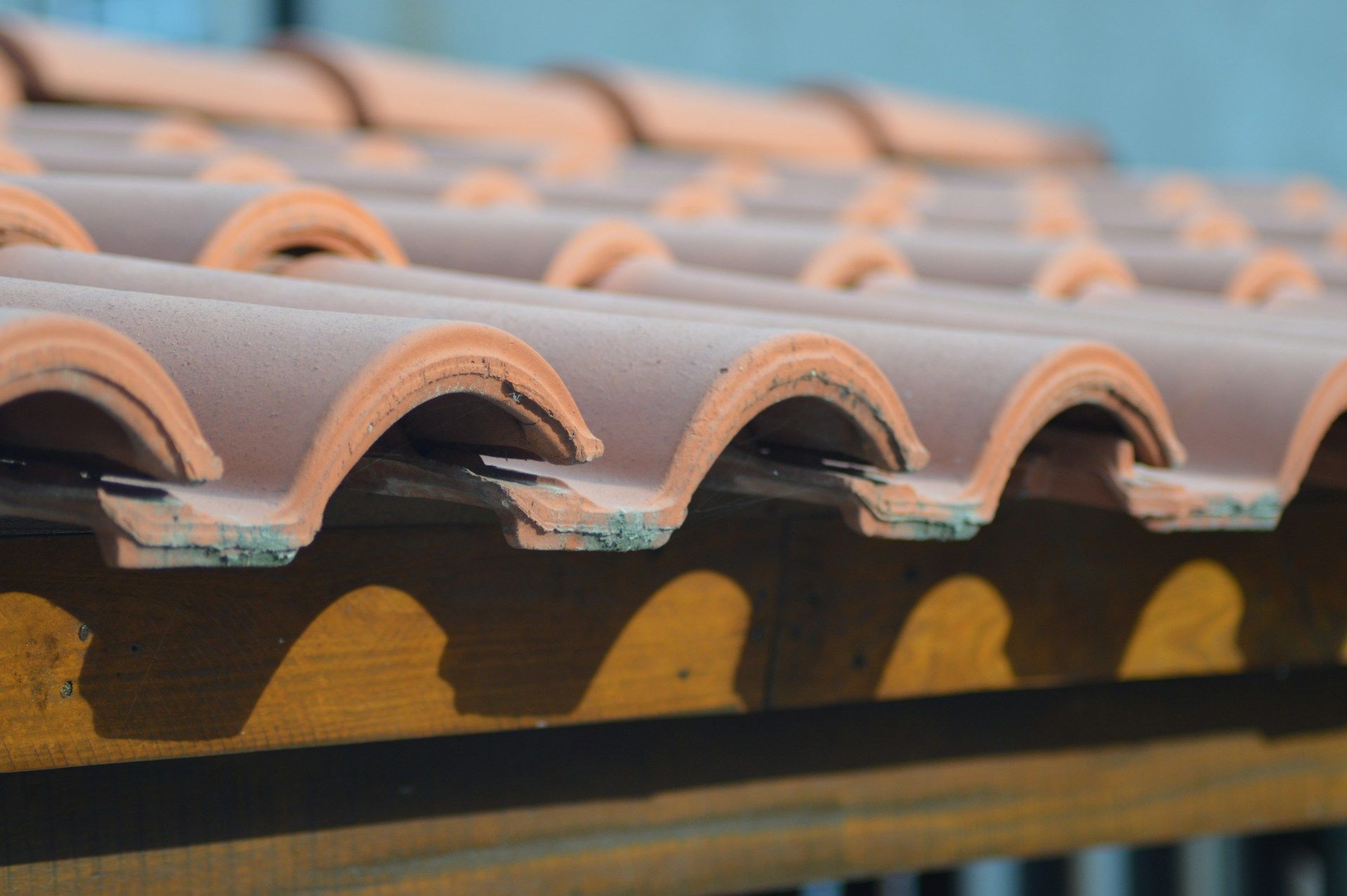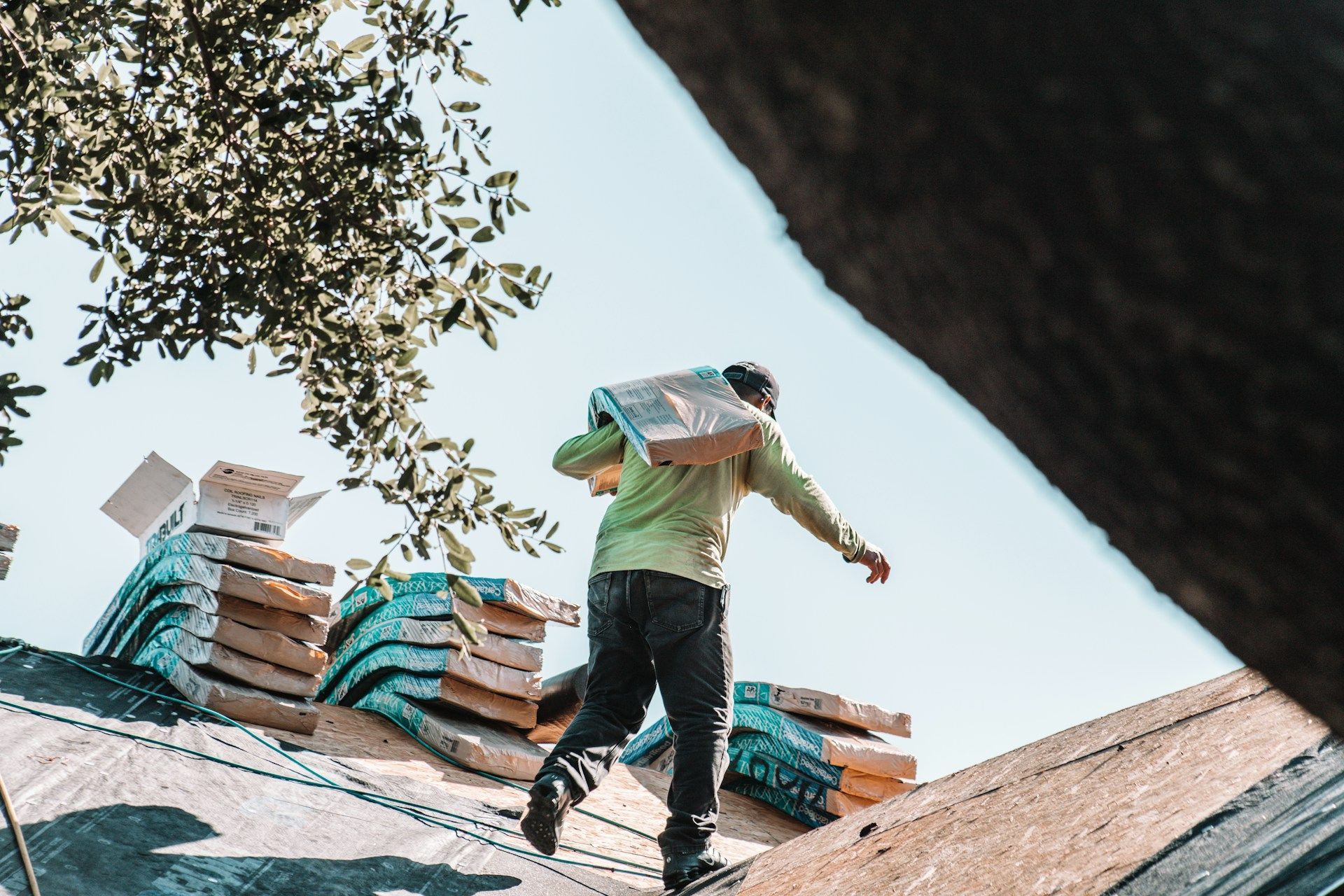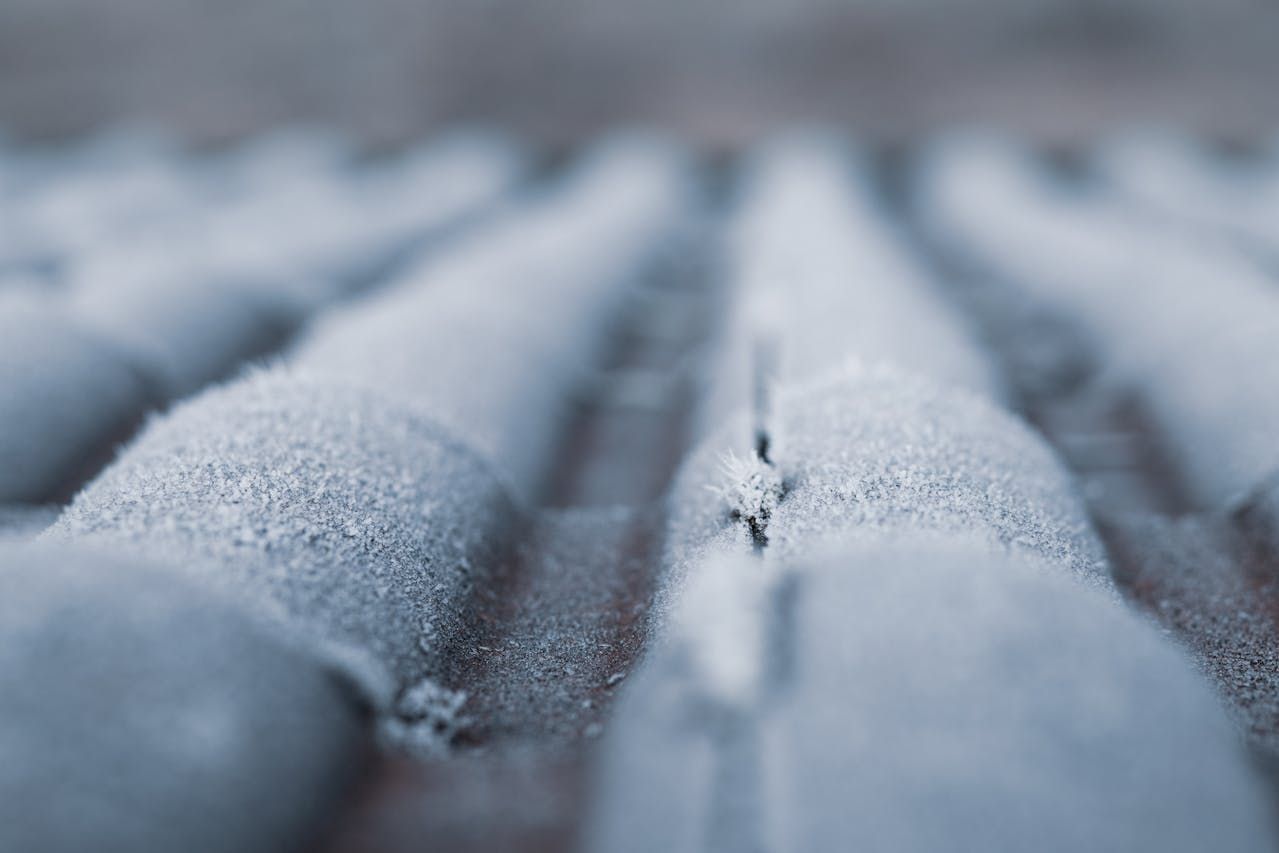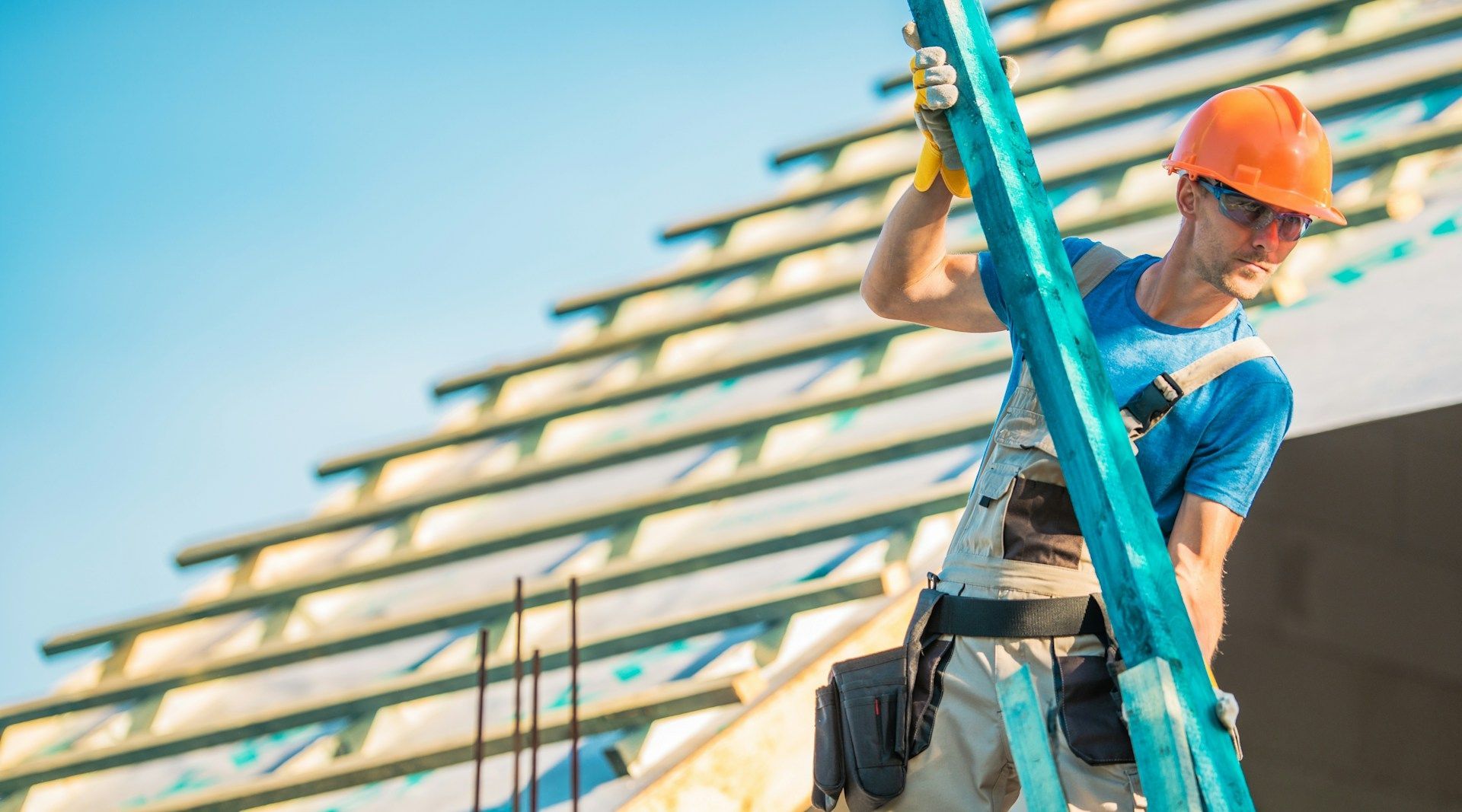Discover the Top Signs Your Siding Needs Replacement
Your home's siding does more than just make your house look nice. It is your first line of defense against harsh weather, pests, and the elements. Quality siding helps keep your home well-insulated, too. Over time, even the best siding can experience wear and tear. Noticing the signs early can save you from bigger headaches and costly repairs later.
Understanding when your siding needs replacing is essential to maintaining your home’s integrity. Several noticeable signs, like cracks, rising energy bills, or frequent mold issues, can indicate that it might be time for a change. Watching out for these signs helps ensure your home remains safe, energy-efficient, and visually appealing.
Whether you're noticing high heating bills or just wondering if that peeling paint means something more, knowing what to look for can put you on the right track. Recognizing these warning signs gives you a head start in addressing potential problems before they escalate.
Visible Damage and Wear
Visible damage on your siding is a clear sign that it might need replacing. Physical signs like cracks, warping, or rotting indicate serious issues. These forms of damage suggest that your siding is no longer functioning as it should, which is to protect your home from weather and pests. Cracks often result from impact damage or severe weather and can easily let water and insects into your home's structure. Warping usually signals moisture retention in the siding, possibly stemming from leaks or poor installation. Rotten siding shows that the material has been compromised by moisture over a long period, significantly weakening its protective capabilities.
If your siding frequently needs repairs, this could be a sign that a full replacement is the most cost-effective choice. Constantly patching or replacing parts of your siding might temporarily fix visible problems, but these won't address underlying issues that can lead to extensive damage. Ultimately, replacing your siding saves money and protects your home better than continuous repairs.
Increasing Energy Bills
A sudden increase in energy bills can be another sign that your siding might need replacement. Poor insulation or gaps in your siding compromise your home’s energy efficiency. When siding fails to insulate properly, your HVAC system has to work harder to maintain comfortable temperatures inside, leading to higher energy costs.
Here are some symptoms of inefficient siding affecting energy usage:
1. Chilly drafts near walls or windows even when closed.
2. Uneven temperatures from one room to another.
3. Constantly running heating or cooling system.
Regularly check your utility bills for any unusual spikes or inconsistencies compared to previous years. Rising energy costs, especially during extreme weather seasons, often point to issues with your home's insulation and protections like siding. Upgrading to new siding ensures better insulation, which maintains indoor comfort and reduces energy expenses. Keeping costs down is beneficial for your budget and helps preserve the energy efficiency of your home, making siding replacement a wise investment if you notice these signs.
Mold, Mildew, and Moisture Problems
Moisture problems inside your home, like mold and mildew, can often be traced back to compromised siding. When water seeps through ineffective siding, it creates a hospitable environment for these unwelcome intruders, which can damage your home and potentially affect your health. Mold and mildew thrive in dark, damp areas, often appearing where water has penetrated past the siding.
Compromised siding allows moisture to infiltrate, especially if there are gaps or areas where the material is failing. This water can lead to stains, peeling wallpaper, and warping within your home's interior. Outside, you might notice spots of discoloration or streaks running down the walls.
To recognize moisture issues, keep an eye out for these signs:
1. Musty odors, especially in attics or basements.
2. Visible water stains on ceilings or walls.
3. Bubbling or peeling surfaces indicating moisture interference.
Addressing these signs early can help you decide if replacing your siding is necessary to prevent further damage and maintain a healthy living environment, free from moisture-related issues.
Fading, Peeling, or Bubbling Paint
Paint problems on your home's exterior can be an early warning sign of underlying siding issues. Fading, peeling, or bubbling paint often means there are problems beneath the surface that need attention. These conditions indicate that your siding might have lost its ability to properly shield your home.
Bubbling or peeling paint suggests that moisture is trapped beneath the surface, likely because the siding is no longer providing a solid barrier. Over time, trapped moisture can lead to wood rot, which compromises the structural integrity of your home.
Faded paint, on the other hand, indicates that your siding has aged and is losing its protective properties, no longer effectively blocking out the elements. When paint issues are widespread and not just in isolated spots, it usually points to a problem with the siding itself.
By staying alert to these signs and addressing them when they appear, you can decide if it's time to replace your siding to protect your home's exterior and maintain its appearance.
Conclusion
Your home's siding is crucial for protecting your property from weather and environmental factors. By recognizing the signs that your siding may need replacing, you safeguard the structure and energy efficiency of your home. Visible damage, rising energy bills, and moisture issues are all indicators that your siding might be past its prime. Addressing these problems early ensures your home continues to be a safe, comfortable, and efficient space to live.
Don't wait until small signs become big problems. Reach out to Region Roofing & Remodeling to evaluate and replace your siding. Our team of experts ensures high-quality work that keeps your home protected and looking great for years to come. Contact our
Indiana roofers today to schedule an inspection and take the first step toward a better home exterior.
